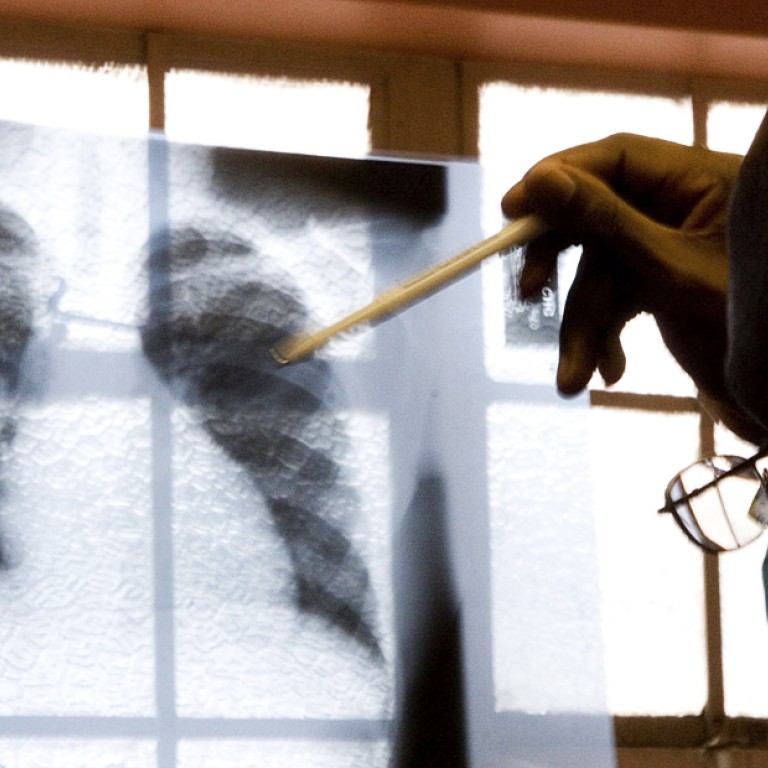
Aids 2014 conference unveils breakthrough in Aids-TB treatment
Tuberculosis is the biggest killer of people with Aids each year, causing 20 per cent of HIV-related deaths, with therapies for the two conditions unable to be given together because of side effects.
Tuberculosis is the biggest killer of people with Aids each year, causing 20 per cent of HIV-related deaths, with therapies for the two conditions unable to be given together because of side effects.
But a drug combination unveiled at the Aids 2014 symposium in Melbourne on Monday allows tuberculosis (TB) to be treated in patients while taking their HIV drugs, offering the potential to save millions of lives.

At present, treatment of resistant TB can take two years. The length of the treatment and side effects, which can include irreversible hearing loss, means many people never complete it. This increases the potential for developing drug resistance.
TB is considered the quintessential disease of the poor. For the past 50 years, TB treatment has remained much the same, while the disease has grown increasingly resistant to available drugs.
PaMZ represented the first "game-changing" treatment for TB in decades, said Dr Mel Spigelman, president of the alliance.
"Whether you survive tuberculosis, or a TB and HIV co-infection, depends very much on the care that is available and access to the very best treatment," Spigelman said.
"In Australia, the US and England the proportion of people who die if they have access to treatment is low, but in countries where it is difficult and expensive to access TB drugs, the proportion of deaths can be very high."
He said PaMZ would become more widely available within three years. It was a three-drug regimen, which included two drugs not yet licensed to treat TB and one drug already used as a first-line treatment, he said.
"Developing treatments for TB and understanding which combinations of drugs work is a very lengthy process," he said. "It took us 10 years to get where we are today, so another three years until this treatment becomes available is pretty good in the scheme of things."
The alliance was also working on other drug combinations still under development, which he hoped would make TB treatment times shorter still.
